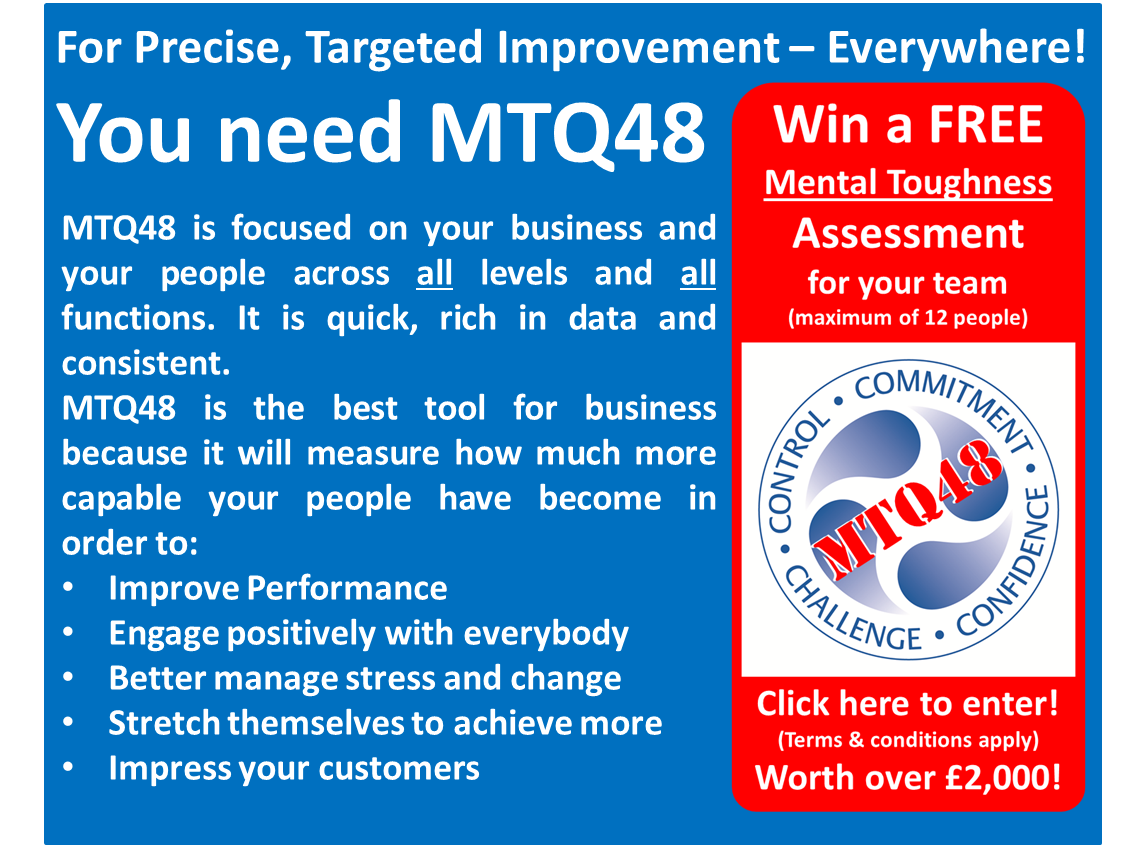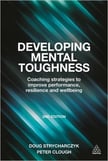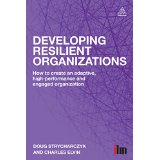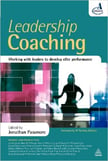Sustaining Improvement - The Foundation

I have been asked on a number of occasions why sustaining improvement has been so difficult. In the words of a recent client "We have tried several times but it just doesn't stick"
My question to the client's management team had to be "So what changes have you made in your behaviours?"
Regardless of the methods used (Six Sigma, Lean or any other form of Continuous Improvement) the key to success rests with the Senior Management Team.
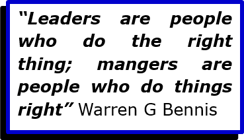 Any improvement strategy as to be driven by top down behaviours that are linked to the organisations values and vision. This means that instead of 'telling' what needs to be done the Senior Team get involved in the planning, showing and doing. They need to be see to be seeking to understand all of the issues that need to be addressed before they can ask for this understanding in their teams,This will involve Active Listening.
Any improvement strategy as to be driven by top down behaviours that are linked to the organisations values and vision. This means that instead of 'telling' what needs to be done the Senior Team get involved in the planning, showing and doing. They need to be see to be seeking to understand all of the issues that need to be addressed before they can ask for this understanding in their teams,This will involve Active Listening.
Bringing in a consultant cannot fix the problems associated with disengaged behaviours. Don't think for one minute that walking around the business saying "Good morning" will cut it either..... The Senior Team have to be totally committed and involved before they can begin to ask anyone else to be
I have worked with organisations where members of the board have been very knowledgeable about Continuous Improvement, but have made the mistake of telling people rather than showing them.
So how do we make it happen?
And how do we make it stick?
Starting At The Top
The Company Vision is a statement of what the company wants or needs to achieve. The Mission includes the measurables, in other words 'How will we know when we have got there?'. This requires a good understanding of the goals and what success will look like.
The action planning should be carried out in two stages, the first being the action plan for the Senior Team. The second should involve the next tier of management developing their plan with the support of the Senior Team. At this stage, understanding the team must be a priority.
Knowing that change can be stressful is not enough, providing support and development opportunities in terms of Mental Toughness is part of the plan.
Facilitating Change
All improvement strategies will involve change. With this in mind, the Senior Team should set the reporting structures in place but not rely on these alone. They should be seen to be getting involved in a supporting role, to ensure that all employees feel comfortable discussing the issues in an open and honest way. Showing how this can be done should be a natural behaviour.
In this way all issues and blockages can be faced honestly, without fear and can be discussed openly to find the best ways forward. Facilitating change is a key role of the Senior Team and they should facilitate through actions not just words. In other words - SHOW DON'T TELL
Commmunication
A key element is communication, the most important part is Active Listening.
Even before the planning stage, the Senior Team need to brief the whole business on the detail behind the Vision and obtain feedback that will provide an early insight into some of the challenges that may have to be managed during implementation.
Remember, the well being of all company members is the responsibility of the Senior Team so understanding the people is critical. The detail of an effective support mechanism need to be an integral part of the business objectives, not just for change.
Throughout the planning and action stages of the implementation, constant open communication is important to ensure the plan is kept alive and relevant to everyone.
Developing the team to cope with change, from top to bottom, is a challenge that must be faced before the initiation of change. This is where Mental Toughness assessment can help.
Cascading The Plan
When setting goals for the business each facet of the business needs to be considered. For example, what does each individual's contribution look like and how are they to achieve it? How will they be supported and developed where necessary?
Mental Toughness is a term that encompasses the 4C's:
For more on Mental Toughness and how it can be reliably measured and developed, click here.
Involving each individual requires the Senior Team to address the fundamental question of 'Whats in it for me?' at every level of the business. We all only do anything for purely selfish reasons, either it suits us or is the right choice for us at that time.
Make It Your Own
There are lots of books covering the subject of Continuous Improvement and, like this article, a lot contain personal perspectives and opinions. It has been my experience, over the last thirty years or so, that the best programmes are those that are truly 'owned' by the organisation - that is to say everyone in that business.
At the end of the day, the responsibility for the success or failure of any change lies with the Senior Team. Effective communication, goal setting, delegation, facilitation, review and having the right people in the right position are all important and are the responsibility of the Senior Team.
Graham Cripps




